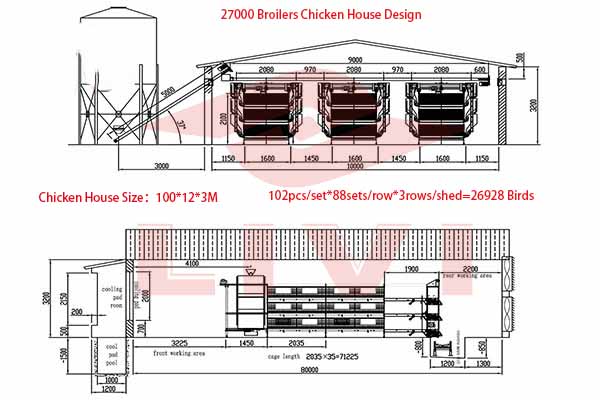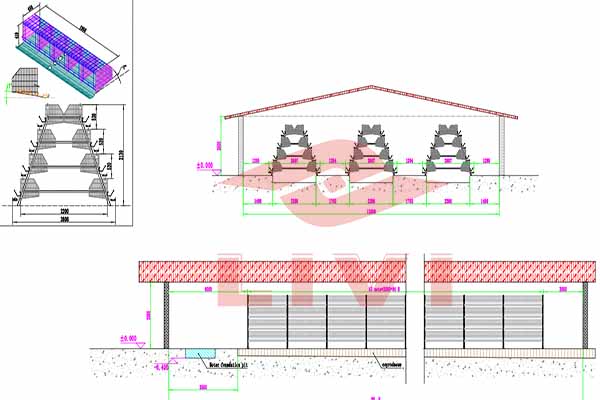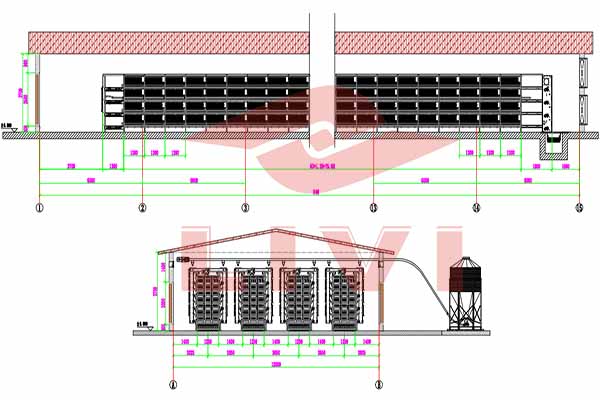Optimizing Hen Laying Systems in Kenya: A Comprehensive Guide
The poultry industry in Kenya has seen remarkable growth over the years, with hen laying systems being a cornerstone of this success. In this article, we delve into the essential aspects of hen laying systems in Kenya, providing valuable insights for farm owners and investors.
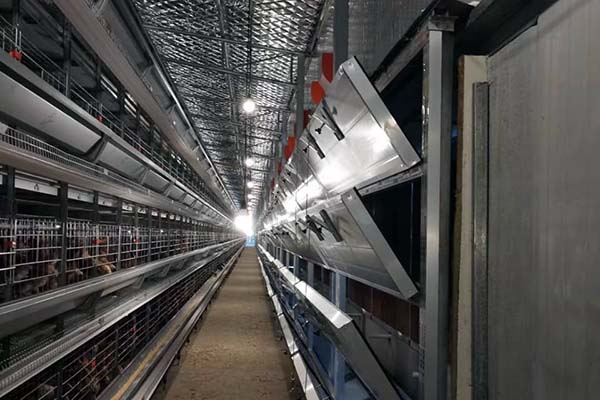
Understanding Hen Laying Systems in Kenya
Hen laying systems in Kenya are designed to enhance egg production efficiency, ensuring optimal comfort for the hens and reducing the risk of injury. There are two primary types of laying systems used in Kenya: the conventional floor system and the cage system.
- Conventional Floor System: This system involves placing hens in a large pen without any specific structure for nesting or laying. It is the most common in Kenya due to its simplicity and lower initial investment costs.
- Cage System: The cage system, on the other hand, provides each hen with a personal space, including a nest box for laying eggs. This system is gaining popularity due to its improved hygiene and increased egg production.
According to recent studies, cage systems have shown a higher egg production rate of about 70 eggs per hen per year, compared to the floor system’s 60 eggs per hen per year.
Key Factors to Consider When Implementing a Hen Laying System
- Space Allocation: Ensure that the hen laying system provides sufficient space for the hens to move around comfortably. The ideal space allocation is about 0.8 square meters per hen in a cage system and 1.5 square meters per hen in a floor system.
- Hygiene and Sanitation: Regular cleaning and maintenance are crucial to prevent the spread of diseases. A well-designed hen laying system should facilitate easy cleaning and disinfection.
- Environmental Factors: Consider factors such as temperature, humidity, and lighting to create a favorable environment for the hens. Proper environmental management can lead to a 10% increase in egg production.
- Fodder Quality: Provide a balanced diet that meets the nutritional requirements of the hens. High-quality fodder can improve egg production by up to 15%.
Investing in Hen Laying Systems: Cost and Returns
The initial investment for a hen laying system can range from $500 to $2,000 per hen, depending on the type of system and the scale of the farm. However, the long-term returns make the investment worthwhile. A well-implemented hen laying system can increase the farm’s profit margin by up to 30%.
Conclusion
Implementing an effective hen laying system in Kenya is crucial for poultry farmers and investors seeking to maximize <img src="http://www.qualitychickenfarm.com/wp-content/uploads/2025/04/100000-broilers-in-modern-chicken-house-lighting-system-1.jpg" alt="inse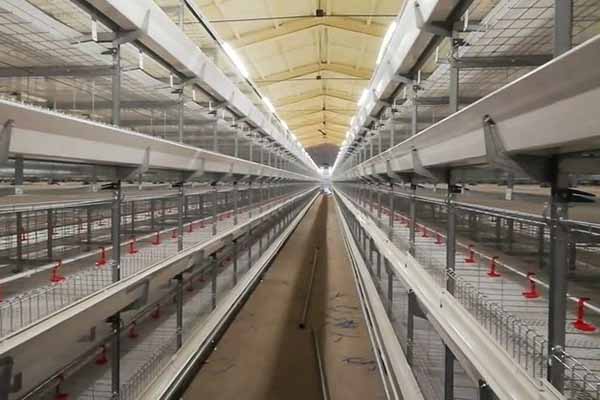 rted image”>egg production. By considering the factors mentioned in this article, you can make informed decisions and achieve success in the poultry industry.
rted image”>egg production. By considering the factors mentioned in this article, you can make informed decisions and achieve success in the poultry industry.
For more information or a free chicken farm design and equipment quote, please leave a comment below or contact us at LIVI Mechanical.


